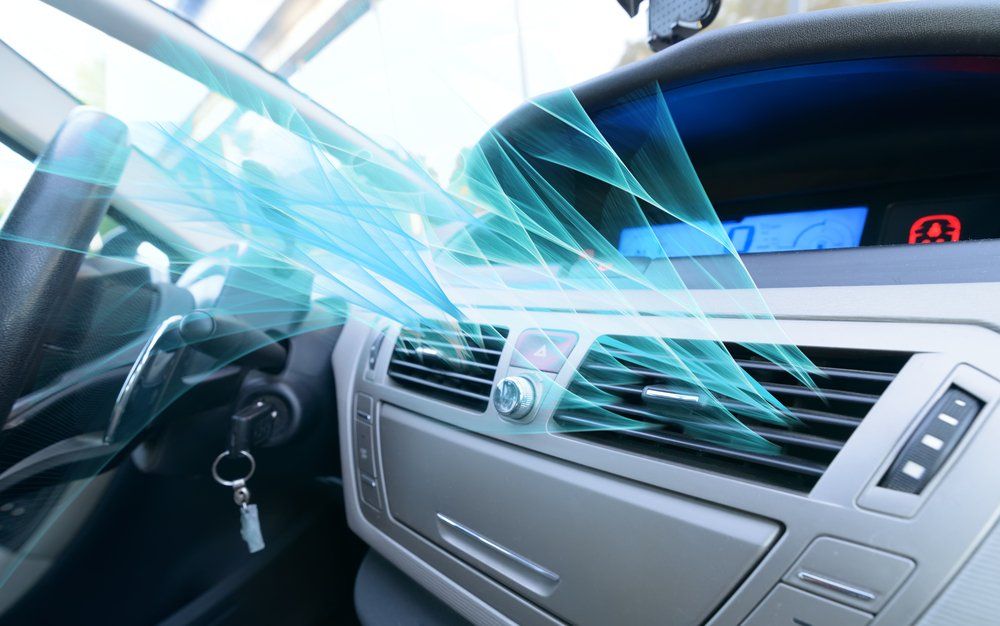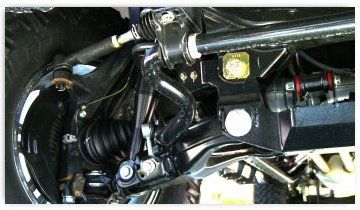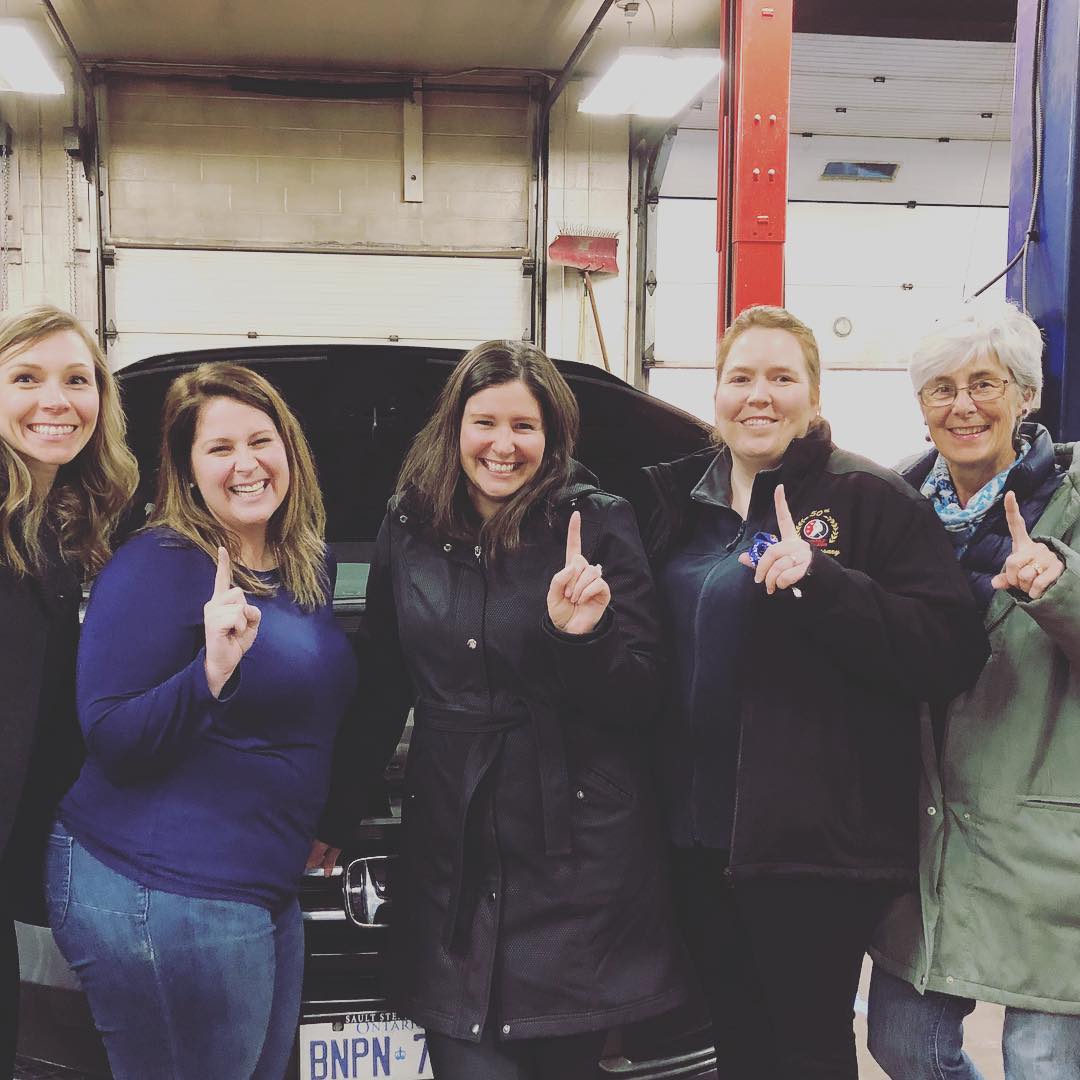Cooling System Repair & Maintenance
- By Classic Automotive
- •
- 03 Aug, 2018
- •

We're often asked questions about the cooling system – the system that cools your engine and keeps it at the proper operating temperature. Let's examine the topic in two areas: first the coolant itself and, second, the parts that make up the cooling system.
The coolant is the mix of water and antifreeze that circulates through the engine to draw off heat. First, you need to have the proper amount. If you don't have enough coolant it can't keep your engine cool.
You also need the right kind of coolant. Different makes of vehicles require different coolant formulation to protect against corrosion.
Finally, your coolant needs to be fresh. Over time and miles, the anti-corrosion additives in the coolant are depleted and the coolant can actually start to eat away at the cooling system parts. Your owner's manual and your service adviser can help you with the recommended coolant replacement schedule and make sure you're getting the right type of coolant.
Now let's talk about the cooling system components. These will all eventually wear out and need to be replaced. Starting with the radiator, we see them coming into the shop with leaks or clogged with deposits. Depending on the damage, we will clean, repair or replace. We also see radiator pressure caps that can no longer hold the proper pressure. We recommend replacing pressure caps when you change your coolant to avoid this problem. We see leaky water pumps and hoses that need to be replaced. There's also a part called the thermostat that opens and closes to regulate the flow of coolant. Sometimes they stick open or closed and the cooling system won't work properly.
Engine damage from overheating can be very expensive to fix so it's important to maintain your cooling system properly with scheduled coolant replacement and periodic inspections of the cooling system. Certainly come in if you suspect a leak and have us take a look.

Today we're talking about suspension integrity. Your skeletal structure provides the framework to hold up your body weight. Your joints cushion you as you walk and allow you to change direction. Your auto suspension system is similar: It bears the weight of your vehicle, controls the vehicle as you steer and absorbs bumps in the road.
Car suspension parts, like the bones in your body, are connected by joints that allow all the components to move as they should. Over time the suspension starts to become loose and the joints wear. Your suspension will stop operating as it should in turn reducing proper tire contact with the road. Running over a pothole, getting into an accident or hitting a curb can also damage or break auto suspension components.
Have you ever hurt your foot? Think about how you walk afterwards in an effort to keep from putting pressure on it. Overcompensate with a limp long enough and your ankle, knee, hip and even your back will start to hurt from the strain. The same thing happens in your car. When one joint or part is worn or damaged: it will stress everything else and can cause premature wear to the entire system.
Signs of suspension problems include vibration, uneven tire wear, pulling to one side, rattles or other strange noises.
If you think you may have a suspension problem, ask your NAPA AutoCare service advisor for an inspection of your suspension system. Have them check your alignment while they're at it. Request an auto repair quote and take care of any damaged or worn suspension components before they lead to future damage and more costly repairs.







